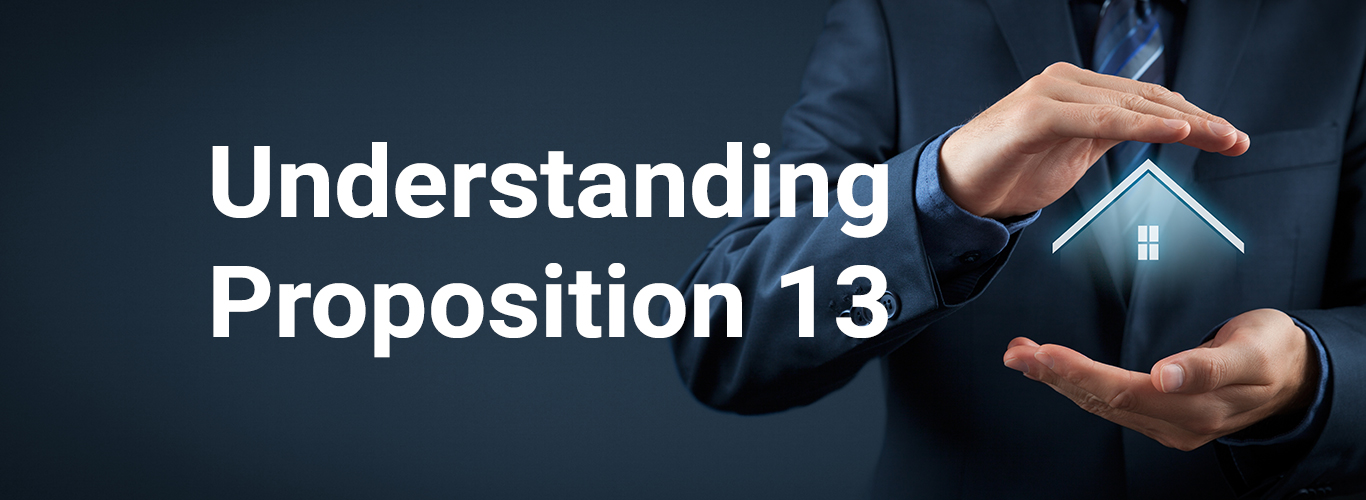Santa Clara County Assessor Larry Stone announced today that 98,000 properties will receive a reduction in their assessed values, reducing the assessment roll by $19.3 billion.
Since the spring, 34,000, mostly residential property owners, asked the Assessor for a reduction. 16,000 made their request after receiving the assessment notification postcard in late June. Santa Clara County is only one of a handful of the state’s 58 counties that send assessment notification cards to all 465,000 property owners.
Recently, the Assessor’s certified appraisal professionals discovered that some properties were erroneously notified that their assessed value was below the market value, inconsistent of state law. Approximately 3,300 properties received reductions deeper than supported by market data. Since state law requires assessors to value property at its fair market value, the 3,300 residential property owners will receive an additional notice from the Assessor and a second property tax bill reflecting the increased assessment. In virtually all cases, however, the property taxes of the 3,300 impacted property owners will be less than last year.
“As the county Assessor, my job is to put the correct value on the assessment roll. If I am aware of assessed values that are too high, I will lower them as we did for 98,000 properties this year. If the assessed values are too low, I’m required by law to increase the value to the correct market value,” said Assessor Larry Stone. In a September 8, 2009, advisory letter to all county assessors, the State Board of Equalization (BOE), which oversees property taxes, removed all ambiguity:
- If an error in a Proposition 8 value results in an overassessment, the county assessor must make a further reduction upon discovery of the error.
- If an error in a Proposition 8 value results in an underassessment, the county assessor must issue an escape assessment upon discovery of the error.
Since the Assessor cannot conduct individual appraisals on 90,000 properties between January and July 1st each year, the office has relied on an antiquated computer system to assist in valuing these properties. The computer-assisted process is to develop reduction factors for 11 geographic areas in the County for both single family residences and condominiums. The factors are based upon a threemonth rolling average of median prices per square foot of actual transactions that occurred during the past eight years. In addition to assessed values generated by the computer-assisted system, the Assessor’s certified appraisal staff performed thousands of individual appraisals to adjust for the differentials that exist within the 11 geographic areas. However, the quality of that review diminished due to the extraordinary increase in workload created by the unprecedented decline in residential property values. “We are currently reviewing a substantially improved computer application that would replace the existing system for evaluating temporary declines in value,” said Stone. The elimination of 52 positions due to budget cuts has left the Assessor’s Office with the lowest number of employees in 15 years. “It truly was a perfect storm. Workload increased at a pace far exceeding projections, the volume and complexity of the record foreclosures and distressed sales, have limited the resources available to conduct quality reviews of errors generated by the computer system,” said Stone. “We did everything possible, including hundreds of hours of overtime, but it simply was not enough.”
Property owners who were assessed below the legal market level as of January 1, 2009, will receive three letters from the Assessor. The first will provide general information regarding the reason for the increase. The second, entitled “Notice of Proposed Escape Assessment,” and third entitled “Notice of Enrollment of Escape Assessment,” are legally required whenever the Assessor corrects an assessment roll to a higher value. The specific language contained in the second and third letters is dictated by law. In simple terms, it notifies taxpayers of the planned increase in assessed value (aka “escape assessment”) and then the enrolling of the increased value so that the tax collector can issue a corrected property tax bill.
Sixty days after the “Notice of Enrollment of Escape Assessment,” taxpayers will receive an “additional” tax bill to reflect the additional amount property taxes due. This “additional” bill is payable, in full, by April 10, 2010. The initial bill is payable in two installments; by December 10, 2009 and April 10, 2010.
“While of little consolation to those taxpayers receiving an increase beyond what they had originally been notified of, we are already taking the steps to identify and acquire a more modern software tool to prevent this from reoccurring in future years,” said Stone.
If a taxpayer believes the total assessed value contained in the Notice of Enrollment of Escape Assessment exceeds the market value of the property as of January 1, 2009, the taxpayer can file an Application for Changed Assessment with the Clerk of the Assessment Appeal’s Board. Filing the application enables a taxpayer to have the assessed value of their property reviewed by the Assessment Appeals Board, an independent, three-member board of appraisers and real estate professionals appointed by the Board of Supervisors. Applications can be downloaded from the Clerk of the Board’s website www.sccgov.org/portal/site/cob, or by calling the Clerk of the Board at (408) 299-5088.



